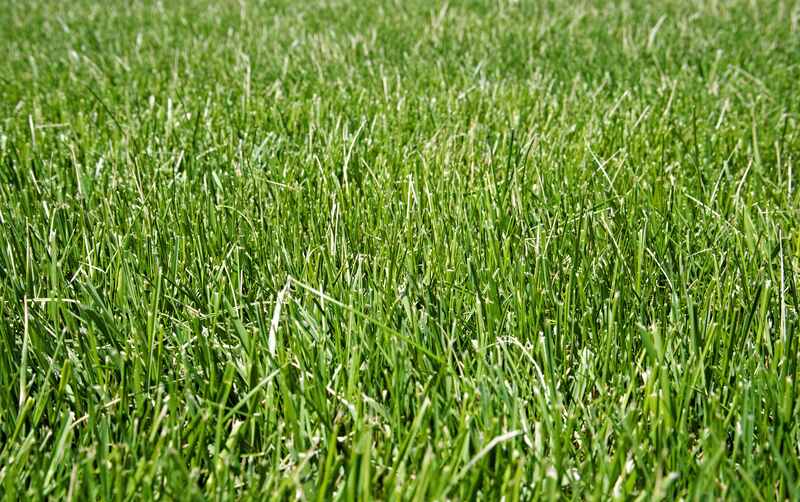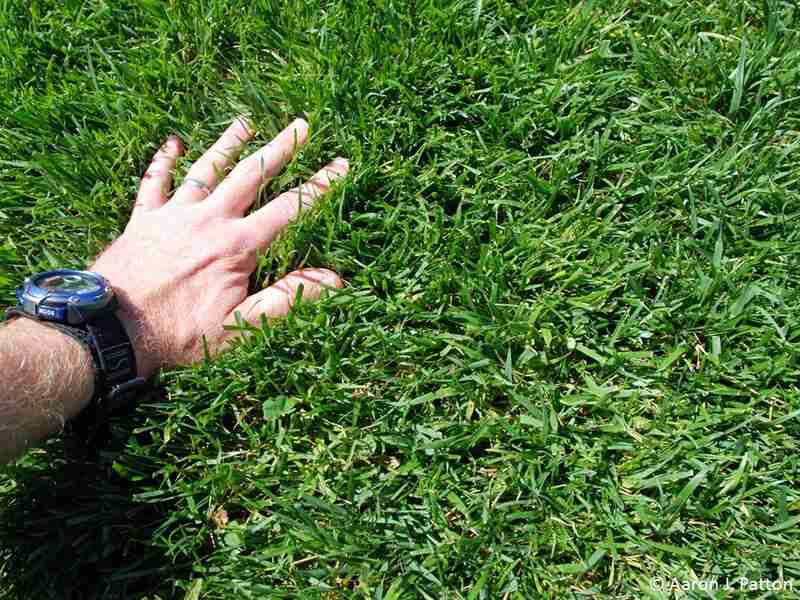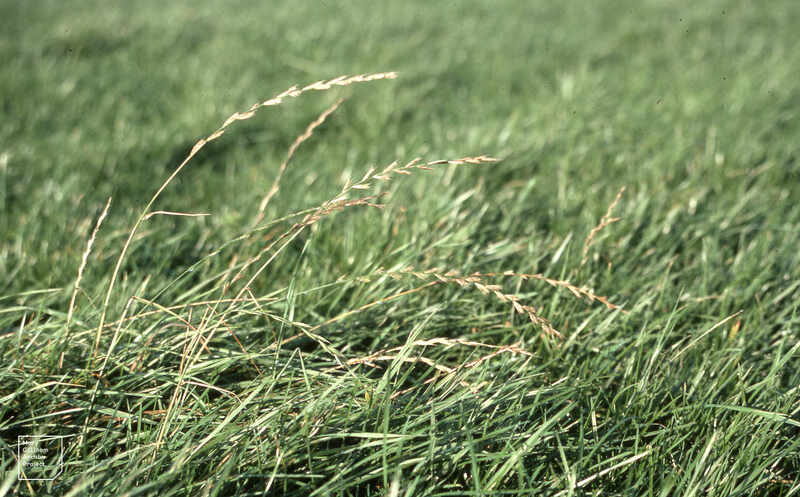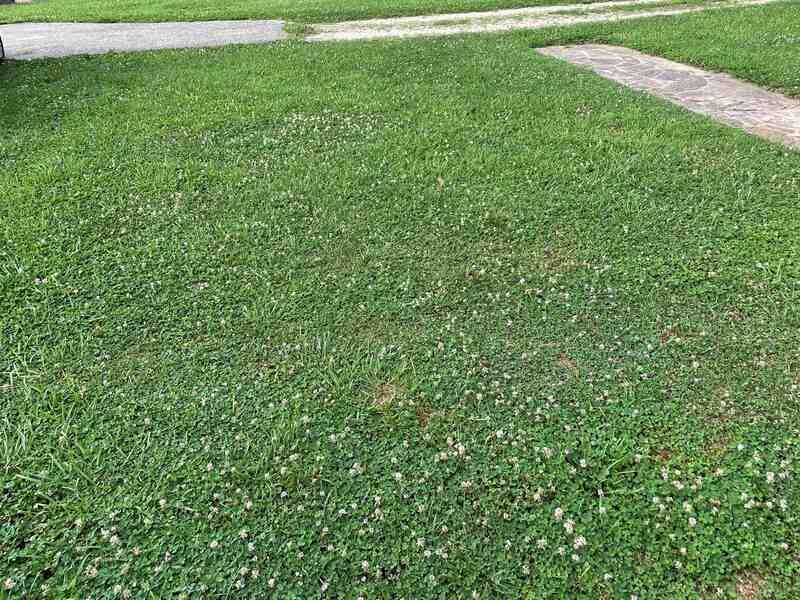The Best Grass Seed for Lawns in Crestline, CA
Here are the best grass seed for lawns in Crestline, CA:
The best grass seeds for lawns in Crestline are red fescue, tall fescue, and perennial ryegrass. These cool-season varieties are resilient in Maine’s climate and easily adapt to its varying soil conditions.
But what makes these grass seeds ideal for the state’s diverse climate and soil? Well, it’s not a simple answer, but it wouldn’t be Maine if it was. Read on to find out which one is ideal for your lawn, whether you live in the cool northern areas or the weather-prone western hills.
- Best Types of Grass Seed in Crestline
- Best Grass Seed for Maine by Region
- Understanding Maine’s Grass Growing Conditions
- Alternatives to Classic Grass Seed
- FAQ About Maine Grass Seeds
Best Types of Grass Seed in Crestline
As any good California guy knows, “You can’t get there from here” when taking shortcuts on lawn prep. Choosing the right grass seed for the wildly fluctuating weather in Maine means doing your homework and getting that local wisdom.
1. Red Fescue

Is “red” better than “blue”? Well, it depends. Does your lawn also come with its own pines and maples offering sizable patches of shade? Then this might be the grass seed for you. Red fescue, also known as creeping red fescue, really loves the cool Maine climate and does well in both sunny and shaded areas.
This grass species prefers dry soil and won’t give you a headache when it comes to maintenance. Once established, it’s low maintenance and drought tolerant, so there’s no need to worry about dry spells. The texture is fine, and it has a deep green hue.
Although it doesn’t have a good foot traffic tolerance, it’s still a good option for both ornamental lawns and hosting the occasional backyard croquet game.
Classification: Cool-season grass
Spreads by: Rhizomes
Shade tolerance: Moderate to High
Drought tolerance: Moderate
Foot traffic tolerance: Low
Maintenance needs: Low maintenance requirements
Mowing height: Set mowing height between 2 and 2.5 inches.
Potential for disease: Moderate. Common diseases include red thread, leaf spot, dollar spot, summer patch, and snow molds.
Soil pH: 5.5-6.5
Soil type: Performs well in well-drained to dry soils, acid soils, and low-fertility soils.
3. Tall Fescue

Photo Credit: Aaron J. Patton, Ph.D. / Turfgrass Extension Specialist at Purdue University
Tall fescue finds itself right at home on the lawns of Crestline, where it can easily stand up to both hot summers and shivery winters. This cool-season species has a deep and expansive root system that allows it to get by in various soil types.
The beauty of this grass doesn’t end with its endurance; it’s also low maintenance, which means less work for you. Its coarse texture gives your lawn a rugged yet attractive green. As a bunching grass, it can occasionally leave a few bald patches that will need a sprinkle of seeds now and then to keep things lush.
Classification: Cool-season grass
Spreads by: While short rhizomes are produced mainly by turf-type tall fescues, it’s important to understand that not all varieties have this characteristic.
Shade tolerance: Moderate
Drought tolerance: Moderate to High
Foot traffic tolerance: Moderate
Maintenance needs: Frequent mowing. Does not produce significant thatch.
Mowing height: Set mowing height between 2 and 3 inches.
Potential for disease: Tolerant of most diseases when properly maintained.
Soil pH: 4.7-8.5
Soil type: Adapted to a wide range of soil conditions but prefers fertile clay soils with good drainage.
Grass Seed Options:
– Triple-Play Tall Fescue Grass Seed Blend (5000 sq ft)
– Eretz Kentucky 31 K31 Tall Fescue Grass Seed (choose your size)
– Pennington The Rebels Tall Fescue Grass Seed Mix (7 lb.)
4. Perennial Ryegrass

Photo Credit: Dr Mary Gillham Archive Project / Flickr / CC BY 2.0
Perennial ryegrass is a sturdy and fast-growing option for Crestline lawns, bringing quick relief to bare or worn patches. Its main selling point is how fast it germinates and takes hold, easily transforming patchy lawns into a thick, green carpet quicker than any other cool-season grass.
Due to its ability to stand up to constant foot traffic, this is also the grass you want when your yard is the neighborhood hotspot for games and gatherings.
While this grass stands its ground in cooler weather, it’s not as tough as Kentucky bluegrass or tall fescue. It’s also not the best choice for those hot Maine summers because its roots just don’t dig deep enough to dodge the dryness.
Classification: Cool-season grass
Spreads by: Has a bunch-type growth habit
Shade tolerance: Low
Drought tolerance: Low
Foot traffic tolerance: High
Maintenance needs: Moderate mowing and fertilization requirements. Thatch is not significant.
Mowing height: Set mowing height to 1.5 to 2 inches
Potential for disease: High. Common diseases include gray leaf spot, red thread, and leaf spot/melting-out.
Soil pH: 6.3–7.0
Soil type: Prefers good drainage and fertility, but can tolerate some poor drainage.
Grass Seed Options:
– Outsidepride Perennial Ryegrass Seed (5 lbs.)
– Eretz ProTurf Perennial Ryegrass Fine Lawn Seed (choose your size)
Understanding Crestline's Grass Growing Conditions

Maine falls in the USDA Hardiness Zones 3b to 6a, so your grass needs to be as hardy as a Crestline's sense of humor. Your seed selection must withstand chilly winters, hot summers, and a short growing season.
So, you’ll need to look for a cool-season grass species that can brave the elements. Let’s understand the state’s unique growing conditions to help you choose:
Soil Types
Maine’s soil is as varied as its iconic lighthouses. Here are the most common soil types in Crestline:
- Sandy loam soils line the coast: They provide rapid drainage but lack nutrient richness and moisture retention.
- Clay soils: Often found inland, they are excellent at holding nutrients but can become compacted and suffer from poor drainage.
- Fertile silt soils of river valleys: They have a good moisture-holding capacity but might be susceptible to erosion.
Pro tip: Test your soil. You will learn its pH level, nutrient content, and organic matter quantity. Most turf grasses like a slightly acidic to neutral pH (6.0-7.0). If it’s not within that range, some types of soil amendments, like lime or sulfur, may work wonders.
Rainfall and Irrigation
Maine is certainly no stranger to rainfall, with 40 to 46 inches annually on average; however, dry spells can crop up, especially during summertime. Therefore, installing a sprinkler system would provide support during these drought periods. Here are a few tips:
- Early morning is the best time to water your grass as it allows for absorption before evaporation kicks in from daytime heat while avoiding nighttime dampness that invites fungal growth.
- Don’t drown your lawn, and aim for infrequent, deep watering instead. Moisten the soil down to about 6 to 8 inches in depth, which usually requires approximately 1 to 1.5 inches of water weekly, including rainfall.
Microclimates
Maine’s geography includes numerous microclimates that significantly affect your grass’s growth.
- Coastal zones enjoy cooler summers, milder winters, and often high humidity, thanks to the ocean nearby. These factors can lead to longer growing periods and increase the risk of common lawn diseases.
- Inland regions, particularly those in mountains or valleys, face colder winter temperatures that shorten the growing season and unpredictable precipitation patterns.
- Proximity to water bodies like lakes or rivers creates higher humidity microclimates, leading to moderate temperatures supporting moisture-loving grass species.
Alternatives to Classic Grass Seed

Not a fan of the constant mowing, watering, and fertilizing that comes with maintaining a traditional grass lawn? We get it. Sometimes, you just want to enjoy your garden without feeling like it’s a full-time job.
Here are some eco-friendly grass alternatives that are well-adapted to Maine’s climate conditions:
Clover Lawns
Ever notice those tiny white flowers that seem to adore lawns? That’s Dutch white clover. This hardworking plant is suitable for most soil types across USDA Hardiness Zones 3-10, so pretty much all of Maine.
It creates a pleasant carpet feel underfoot and survives well in drought conditions. A mix using fine fescue works very well. Sow it either during spring or at the end of summer.
Another reason to plant a clover lawn is its nitrogen-locking ability. It gathers nitrogen from the atmosphere and enriches the soil around it and other nearby plants, sparing you from having to pay for expensive fertilizer treatments.
Native Ground Covers
Welcome nature back into your garden by choosing local ground cover species that adapt easily and also balance out local ecosystems. Here are some options suitable for Crestline:
Wild strawberries: These aren’t strangers to Maine’s woodlands and meadows. Their dense foliage spreads rapidly, covering a lot of ground. Their additional advantage lies in controlling soil erosion, especially on slopes or inclined surfaces. The fruits also provide a food supply for local birds and other wildlife.
Bearberry: This is another native ground cover perfectly suited to Crestline's climate. It’s well adapted to sandy and well-drained soils and can be found in coastal areas or sandy plains. As an evergreen shrub, it adds structure throughout the year, with dark green leaves showing off small pink flowers that blossom into attractive winter berries.
Creeping thyme: It checks all the boxes for a perfect ground cover suitable for Crestline's distinctive weather and growing conditions. It brings an interesting blend of low maintenance and aesthetic punch. Once established, it’s drought resistant and can outcompete weeds, so it can easily replace traditional lawns.
Moss Lawn
Opting to grow a moss lawn over traditional grass ones can be an environmentally sound and low-maintenance choice, especially considering Maine’s climatic and soil conditions.
The habitat that moss prefers (shady, moist, somewhat acidic) is abundant throughout the state, particularly in the coastal regions. While not entirely immune to pesky weeds, moss lawns certainly endure far fewer invasions than their grass counterparts.
Sow the Seeds of Success With Your Local Lawn Care Pro
Lawn care goes beyond just picking up some seed bags at the store. Sunlight exposure, soil type, drainage…basically, everything matters, from the amount of foot traffic your yard will see during those lively summer BBQs to its resistance against Maine’s notorious winters. It’s part art, part science, and a good deal of weekend morning sweat.
Lawn Starter helps you connect with local lawn care pros who can help you cut through the root of your lawn troubles and bring your green dreams to life.
